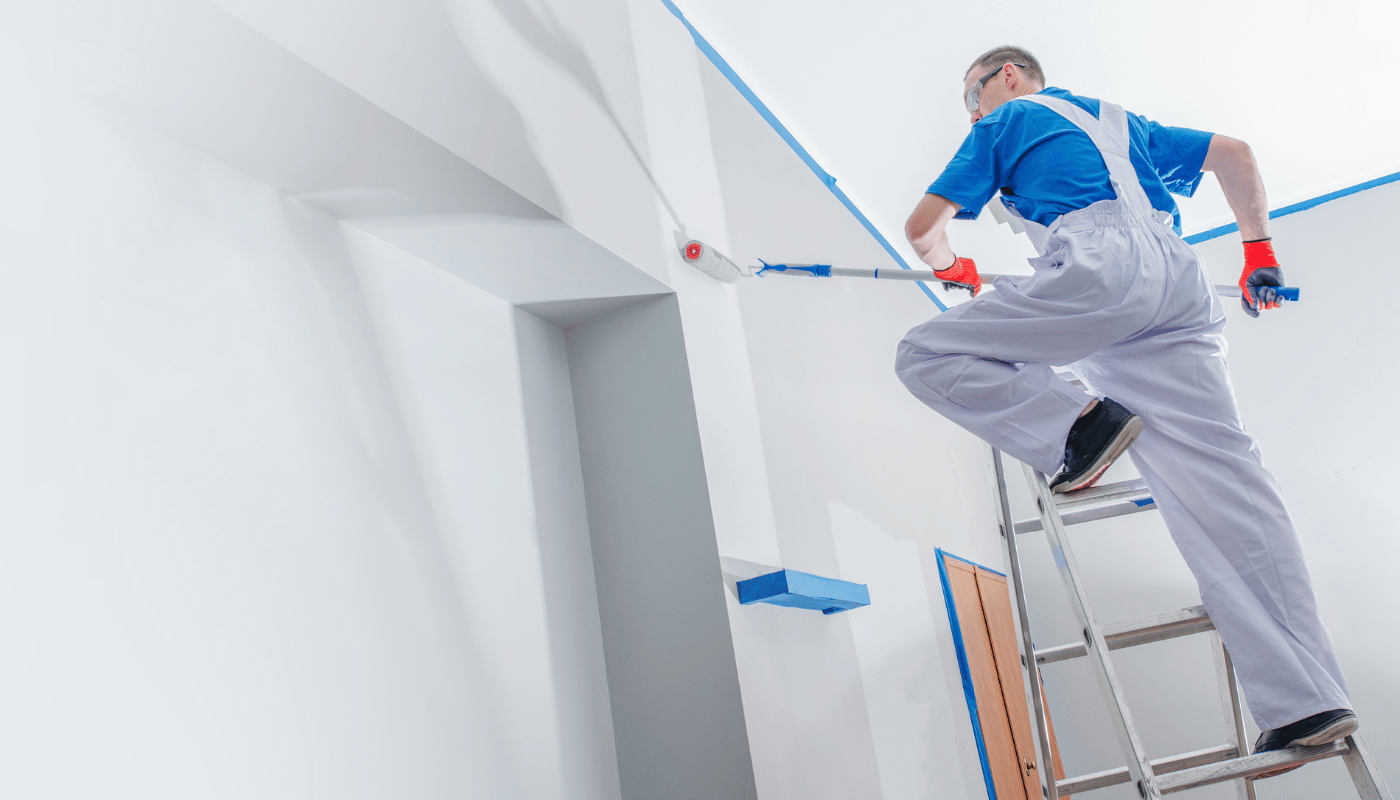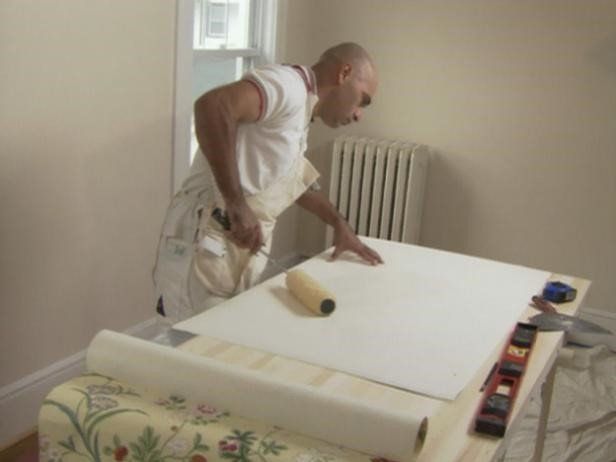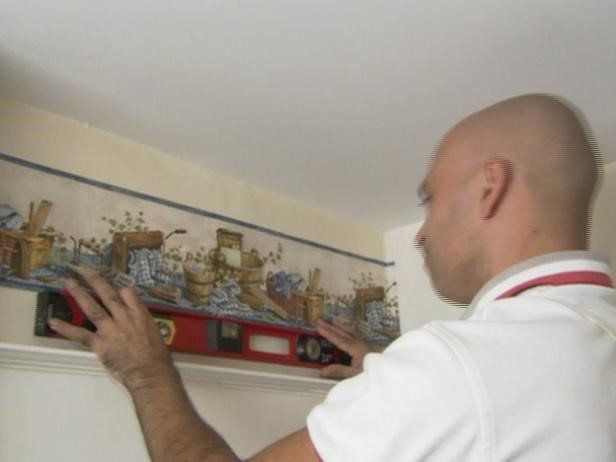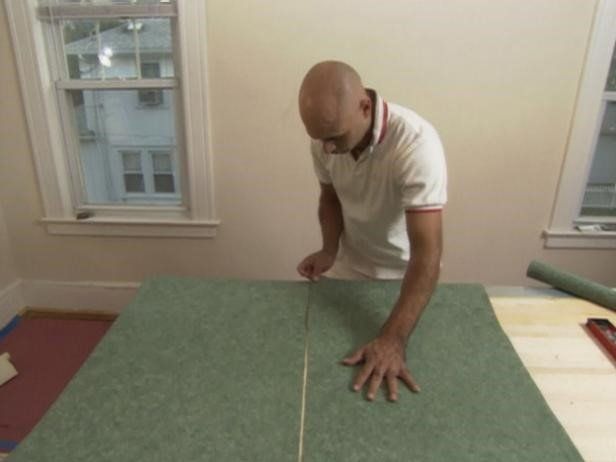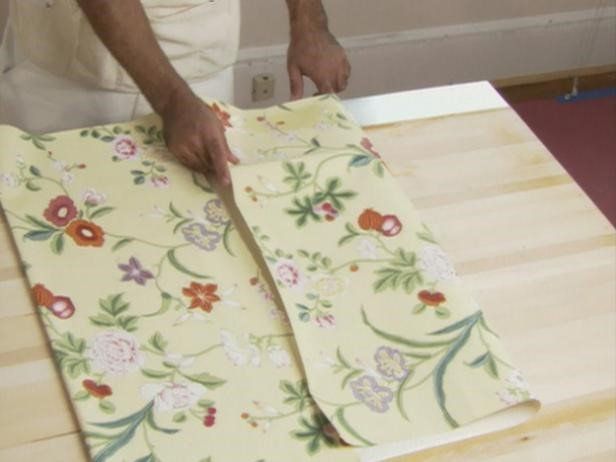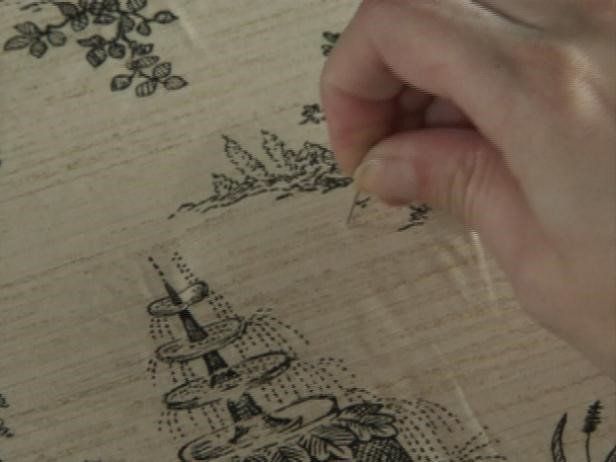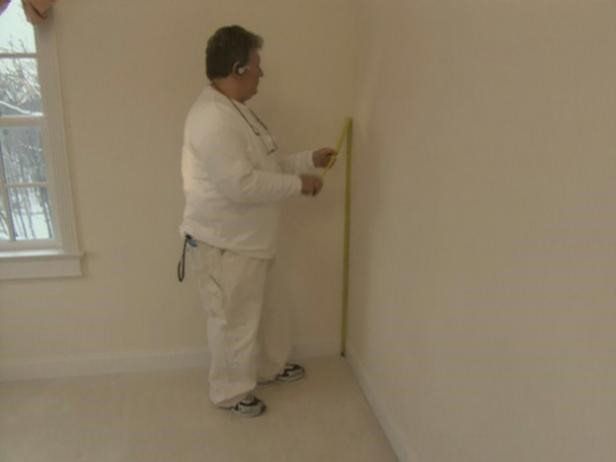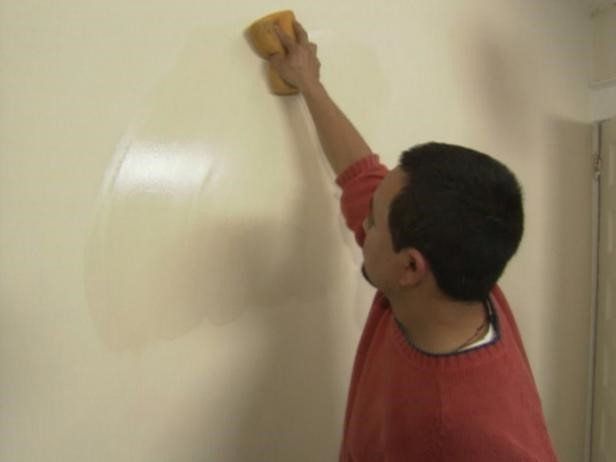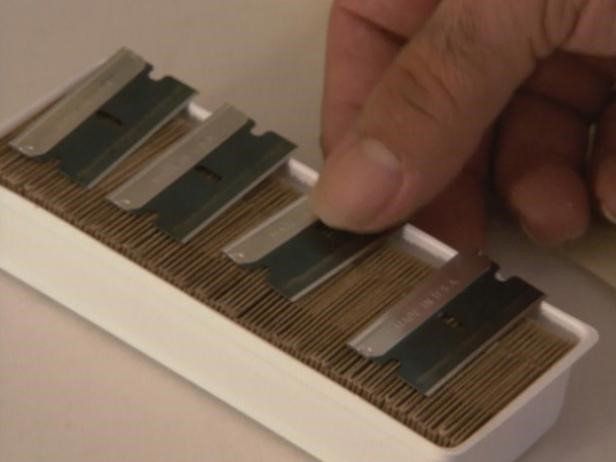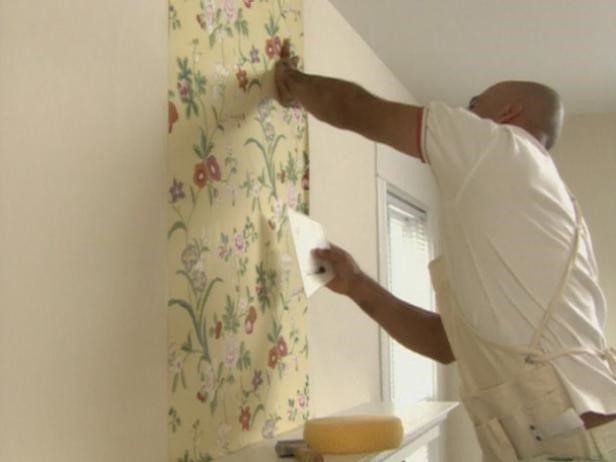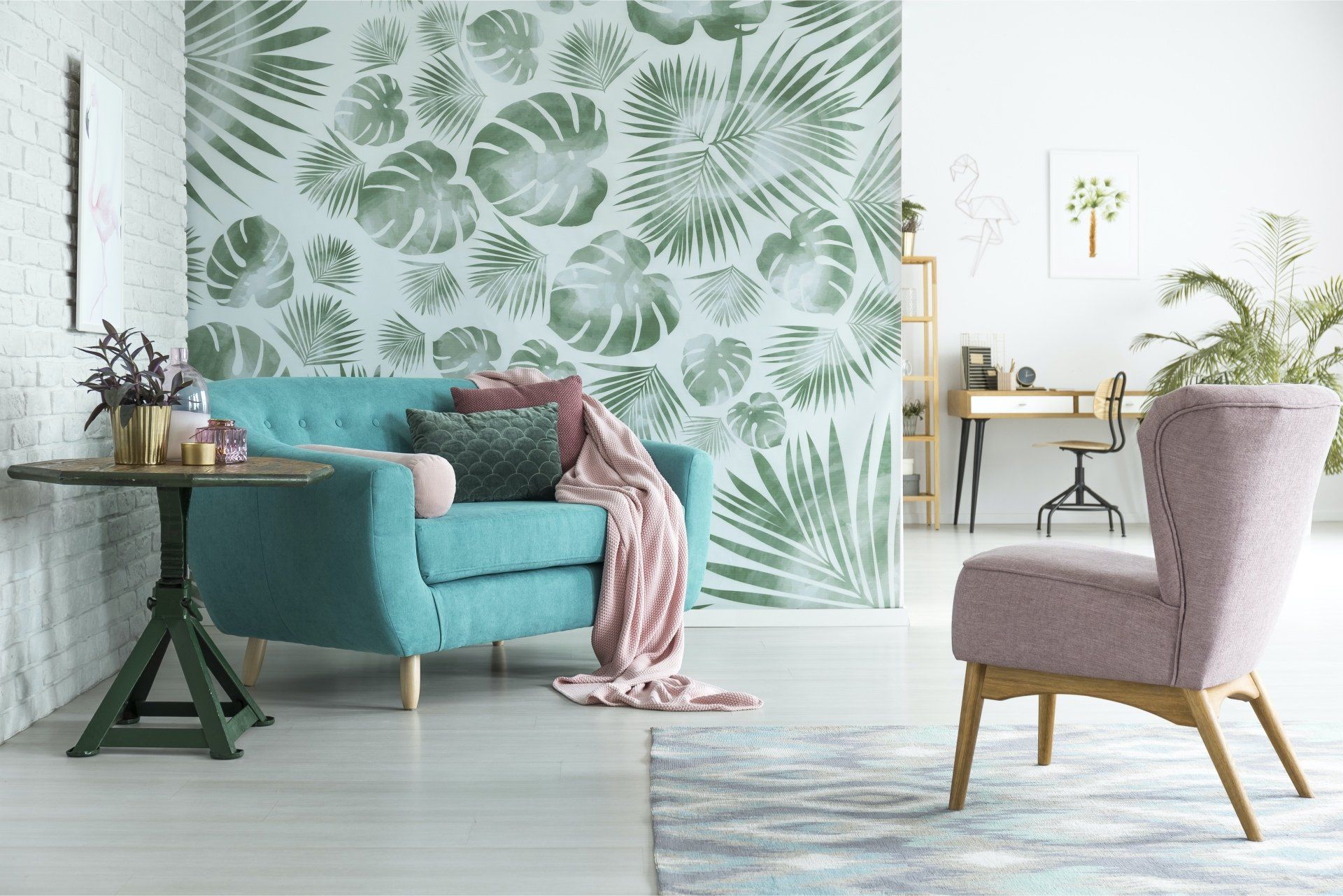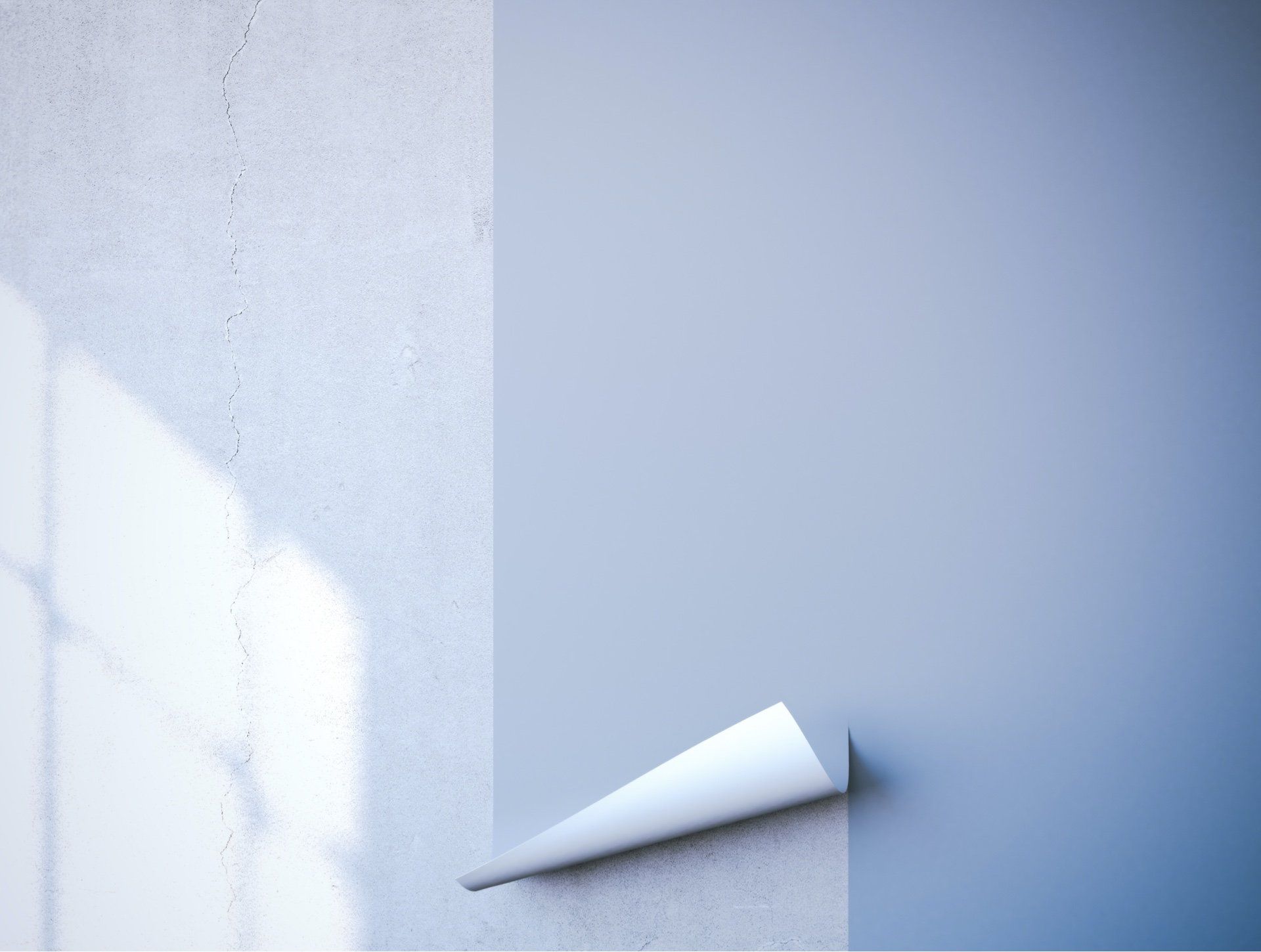Before you start ...
Choose the Right Type of Wallpaper for Your Needs
Choosing the right type of wallpaper is a must. There are many types and style to choose from.
Areas where there is moisture like kitchens and bathrooms Vinyl is the best. Places like bedrooms and hallways are better for non-woven paper and fabric wallpaper.
Always Round Up Your Measurements
Whether you are a professional or not, you are going to make mistakes.
When measuring, always round up. Suppliers often discontinue certain styles so always order two or three extra rolls to allow for waste or overages.
Start With Smooth Walls
To get the best result possible it’s very important you start with a smooth wall surface.
Give your walls a light sand then wipe them down with a wet sponge and some light detergent.
Don't Re-Use Razors
Razors are cheap, have plenty on hand. Razor blades blunt quickly, so don't use them sparingly.
A clean, sharp razor will help you avoid rips in the wallpaper.
Use a Wallpaper Sweep
Always use a wallpaper sweep and not a brush.
Sweeps are cheap and you can buy them from most hardware stores.
Here’s a few useful items you will need to give your wallpaper hanging project that professional look!
Paint stripper
Paint stripper helps remove paint or glue from the surface. It comes in grades suited to various levels of stripping. To protect your skin and lungs from harmful chemicals, make sure you wear gloves and a mask when using paint stripper.
Tack cloth
These work like a debris magnet for cleaning off surfaces. Before you paint or finish a surface, it is crucial that it be clean and free of debris.
Wire wheel brush
These attached to a drill and works well for removing rust. A handheld wire brush will do the job if you don’t have a power drill.
A wallpaper steamer
If you are removing existing wallpaper you will need a steamer. They release steam onto the wallpaper which melts the glue and allows you to peel the paper off the wall. They work much like a clothes iron, but without a hot plate.
A heat gun
These are much like a hair dryer, used to melt existing paint from the wall. You will hold the gun close to the surface, and the paint will start to bubble off. Use a paint scraper to remove the softened paint.
Make sure you do not use a heat gun if the paint is lead-based.
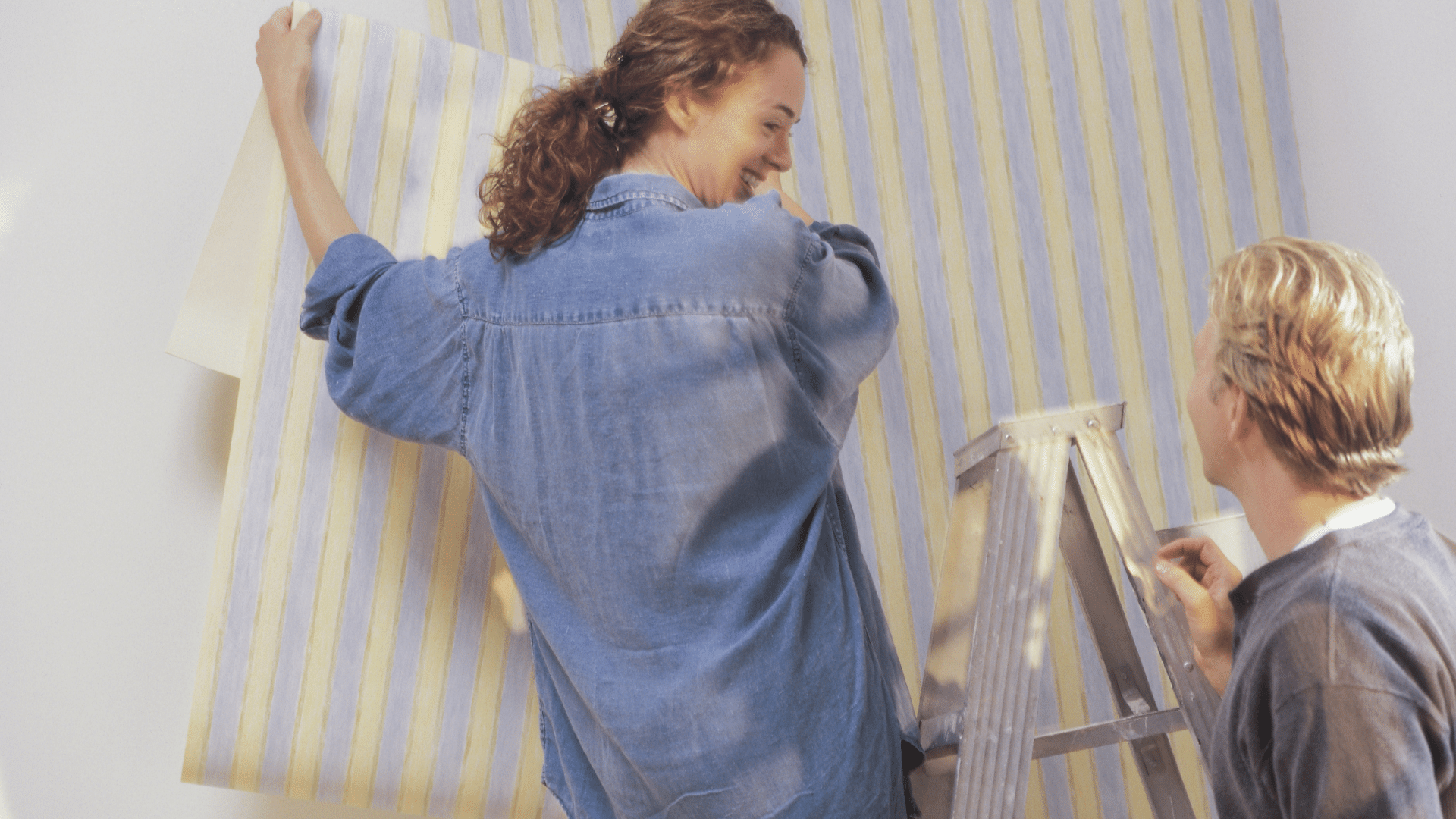
Choose the Right Adhesive for Your Wallpaper
It’s very important to know which adhesive/glue to use for the type of wallpaper you are hanging. Specific adhesives are required for the different types of wallpaper being used. Ensure you check on the wallpaper for the correct one or consult the supplier.
Levelling is Critical
Measure, measure, measure.
Your wallpaper must be level.
Even if it is, your house may not be.
Ensure your first sheet is perfectly level!
Know Where You're Going Before You Begin
Always measure where your seams are going to be and mark them on the wall.
Not doing this can result in a mismatched pattern in the middle of your wall.
Always Book the Wallpaper
Make sure you book your paper for about five minutes otherwise it may expand after it's on the wall and cause seams and bubbles.
Don't Panic If You See Bubbles
No matter how careful you are, air will most likely get trapped under the wallpaper.
If you do get bubbles they will generally disappear as the wallpaper settles and the glue dries.
If the bubbles remain, just puncture them with a small pin and gently flatten them out with the wallpaper sweep.

